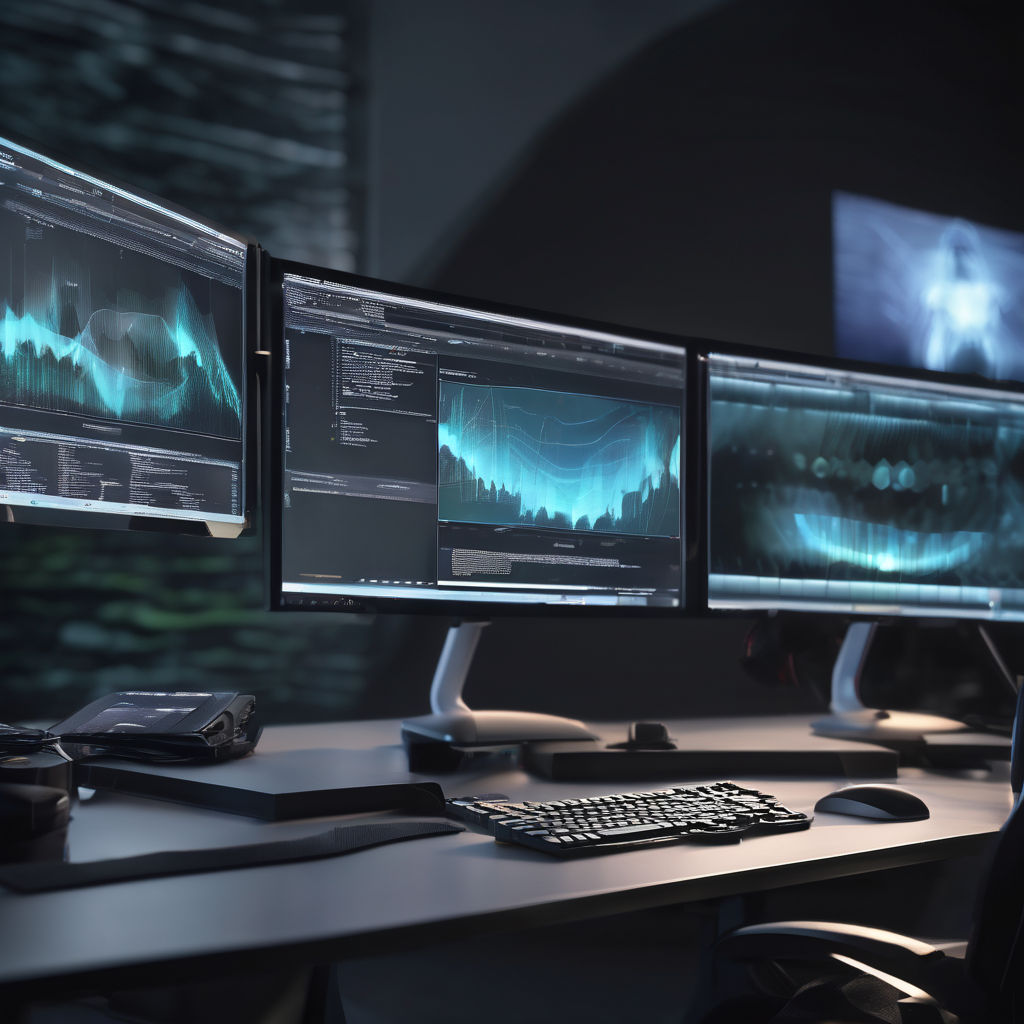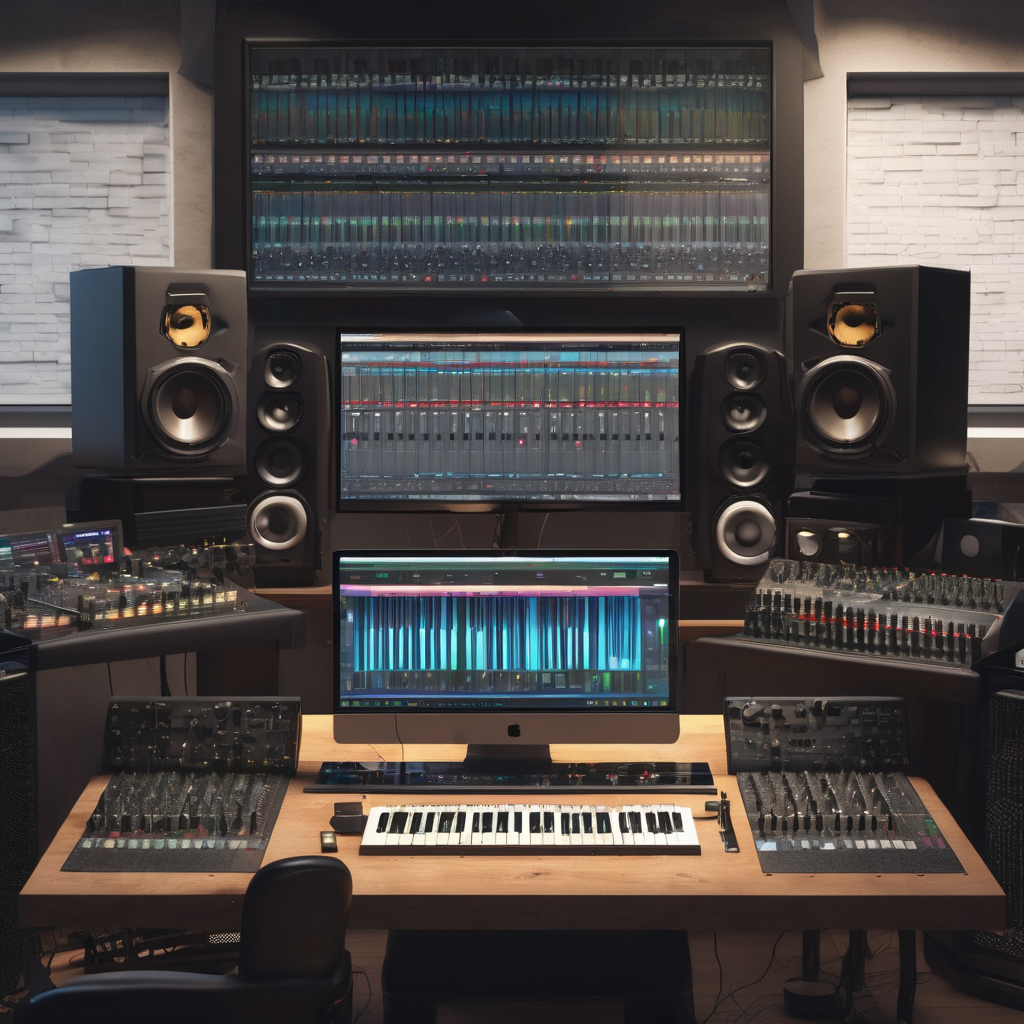
Advancements in Artificial Intelligence have led to the creation of highly realistic AI-generated videos, with platforms like OpenAI's Sora 2 and Google's Veo 3. 1 leading this technological innovation. These tools have transformed content production by enabling the generation of lifelike visual and audio material with unprecedented ease. However, despite their impressive quality, subtle imperfections remain that can reveal their synthetic nature to attentive viewers. Understanding these nuances is increasingly important as synthetic content becomes more prevalent across social media and other online platforms. One of the most reliable indicators of AI-generated videos lies in the eyes of the subjects portrayed. While AI has made significant progress in replicating human facial features, it struggles to accurately model the complex micro-movements of human gaze—such as involuntary flickering, subtle adjustments to lighting, and dynamic tracking of motion within the environment. These micro-movements are critical because they express attention, focus, and emotion, essential components of authentic human expression. When AI fails in this area, eyes often appear vacant or unnatural, breaking the illusion of realism for discerning viewers. Audio inconsistencies also serve as a major clue. Human speech includes natural irregularities like variations in cadence, intonation, and emotional emphasis, which AI-generated voices often lack. These voices tend to be overly smooth, with emotional delivery that can feel mistimed or unnatural, not matching expected human pacing or intensity.
Moreover, ambient sounds captured or generated alongside the audio often fail to align with the visual context, resulting in unrealistic quietness or acoustic inconsistencies that disrupt immersion. Additional signs pointing to synthetic content include perfectly uniform lighting devoid of natural imperfections, lip-sync discrepancies where mouth movements fail to match spoken words precisely, and background noise inconsistent with the scene’s setting. While each of these can hint at artificiality, the combination of unnatural eye behavior with audio flaws is most effective at revealing AI-generated videos. As AI technology advances and synthetic content grows more sophisticated, recognizing these subtle signs is becoming an essential digital literacy skill. Given the rapid proliferation of AI-generated media across social networks, news outlets, and entertainment, viewers must develop critical visual and auditory awareness to distinguish authentic from fabricated content. This skill is vital not only for personal media consumption but also for addressing broader societal challenges related to misinformation, digital security, and media trustworthiness. Educational programs and tools aimed at enhancing public understanding of AI-generated content are gaining momentum. These initiatives teach users how to spot telltale signs of synthetic videos and audio, fostering more informed engagement with digital media. Additionally, researchers and developers are working on technological solutions to automatically detect AI-generated content, aiding platforms in responsibly managing and labeling synthetic media. In conclusion, AI-generated videos represent a remarkable technological achievement with broad applications across industries. Nonetheless, current limitations in replicating the subtle complexities of human behavior and speech leave detectable traces. Recognizing these imperfections—particularly in eye movements and audio quality—empowers audiences to better navigate the digital landscape. As this technology evolves, continued vigilance and education will be crucial to balancing the benefits of AI-generated media with the challenges it poses.
How to Identify AI-Generated Videos: Key Signs in Eyes and Audio


The song “Walk My Walk” by country group Breaking Rust recently hit No.

The future of Search Engine Optimization (SEO) is set to experience considerable change as it increasingly integrates Artificial Intelligence (AI) technologies with human expertise.

Tech companies are racing to expand their infrastructure as their increasingly resource-heavy AI products consume capacity, deplete chipmakers’ supply, and demand more power.

Chief marketing officers face significant pressure to meet specific KPIs, whether these pertain to revenue, brand awareness, or cost management.

In today’s fast-paced world, the enormous amount of news content produced daily is truly staggering.

Jensen Huang, CEO of semiconductor giant Nvidia—whose value has surged 300% over two years—personifies the AI mania.

Yahoo is advancing its integration of artificial intelligence into advertising technology, as detailed by Adweek.
Launch your AI-powered team to automate Marketing, Sales & Growth

and get clients on autopilot — from social media and search engines. No ads needed
Begin getting your first leads today